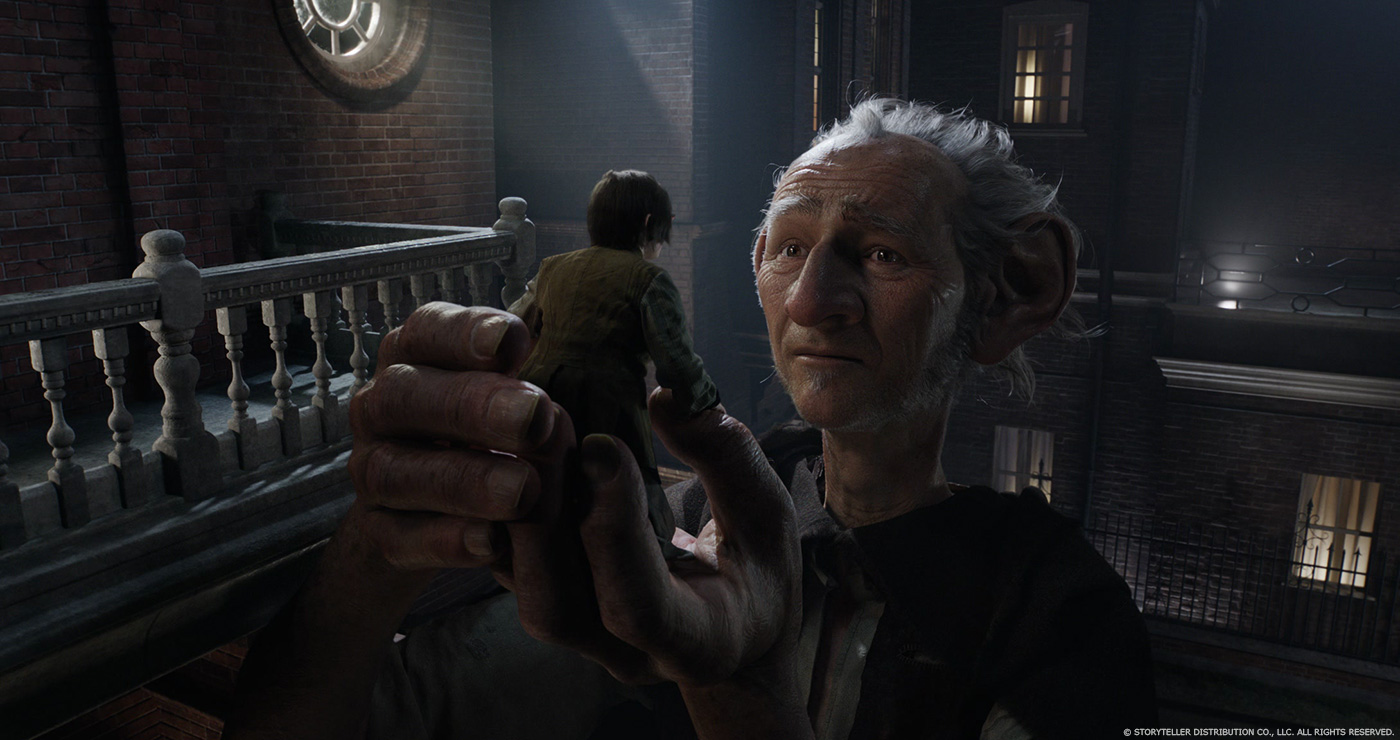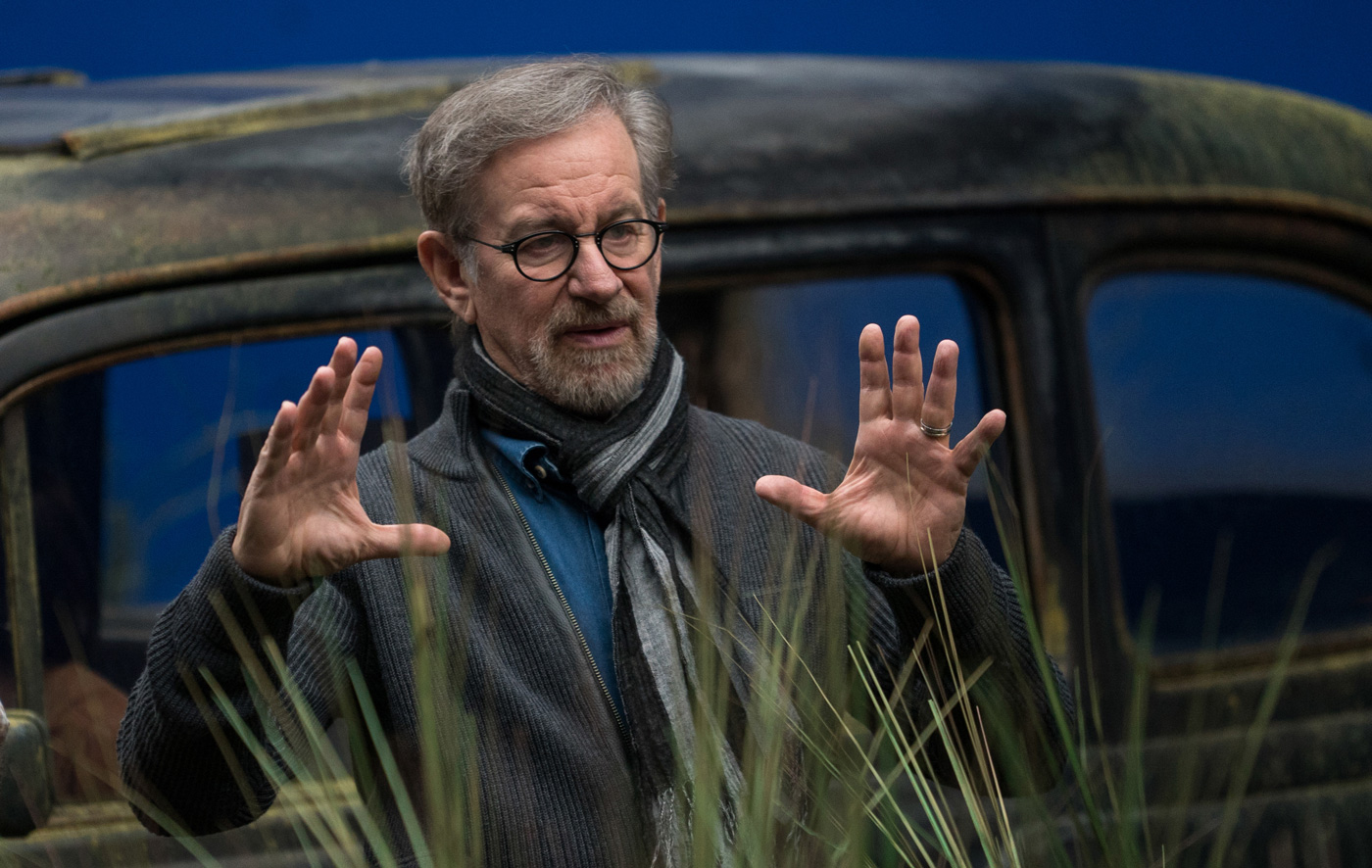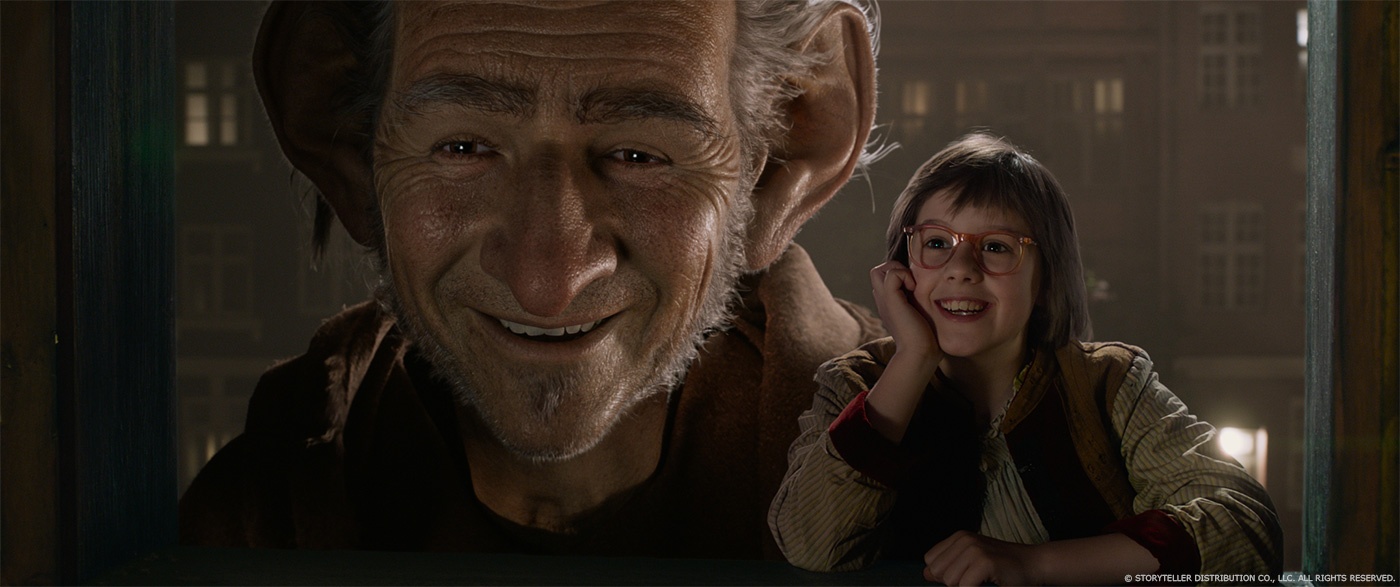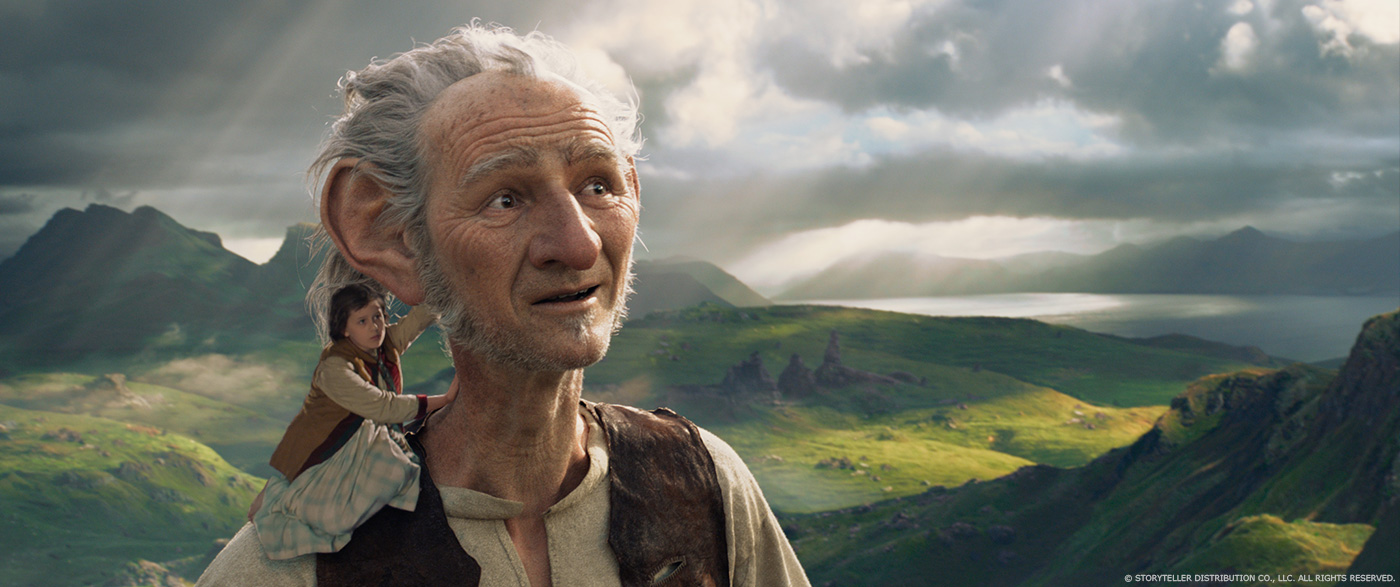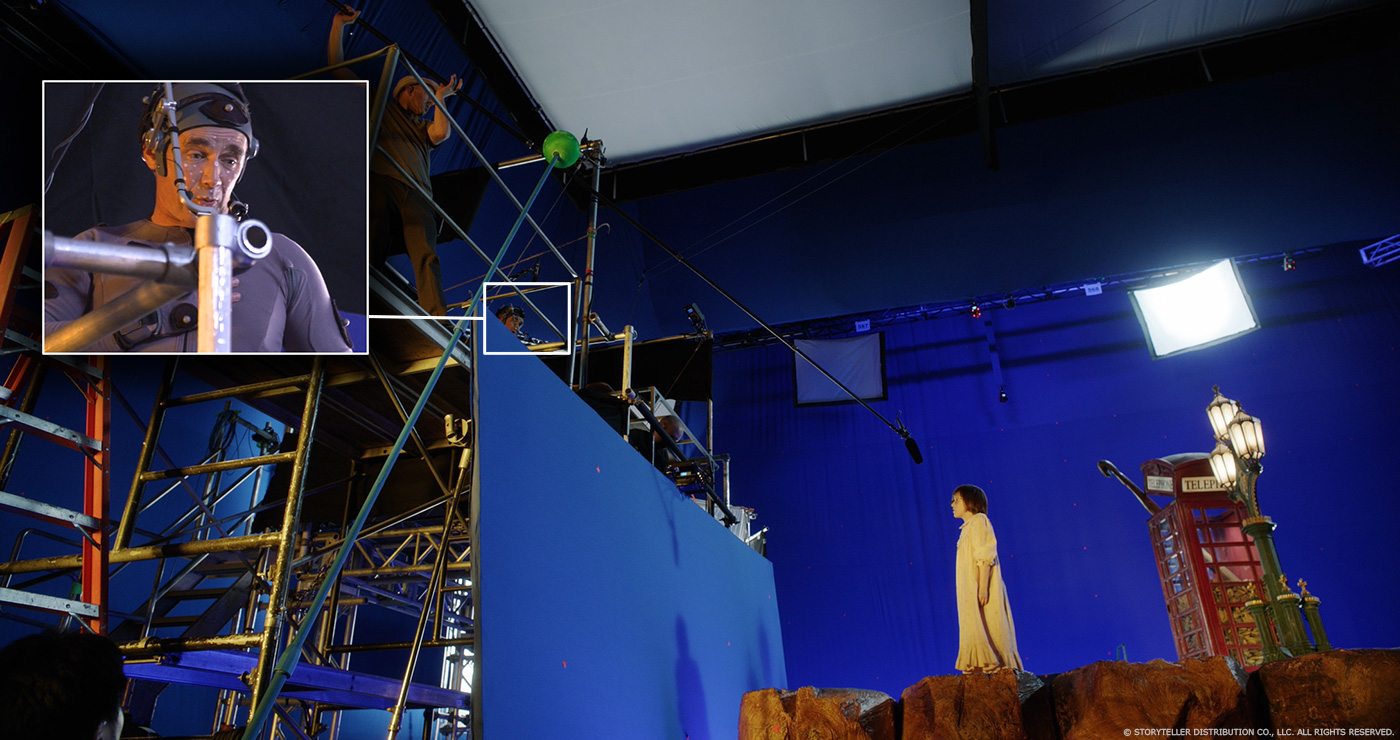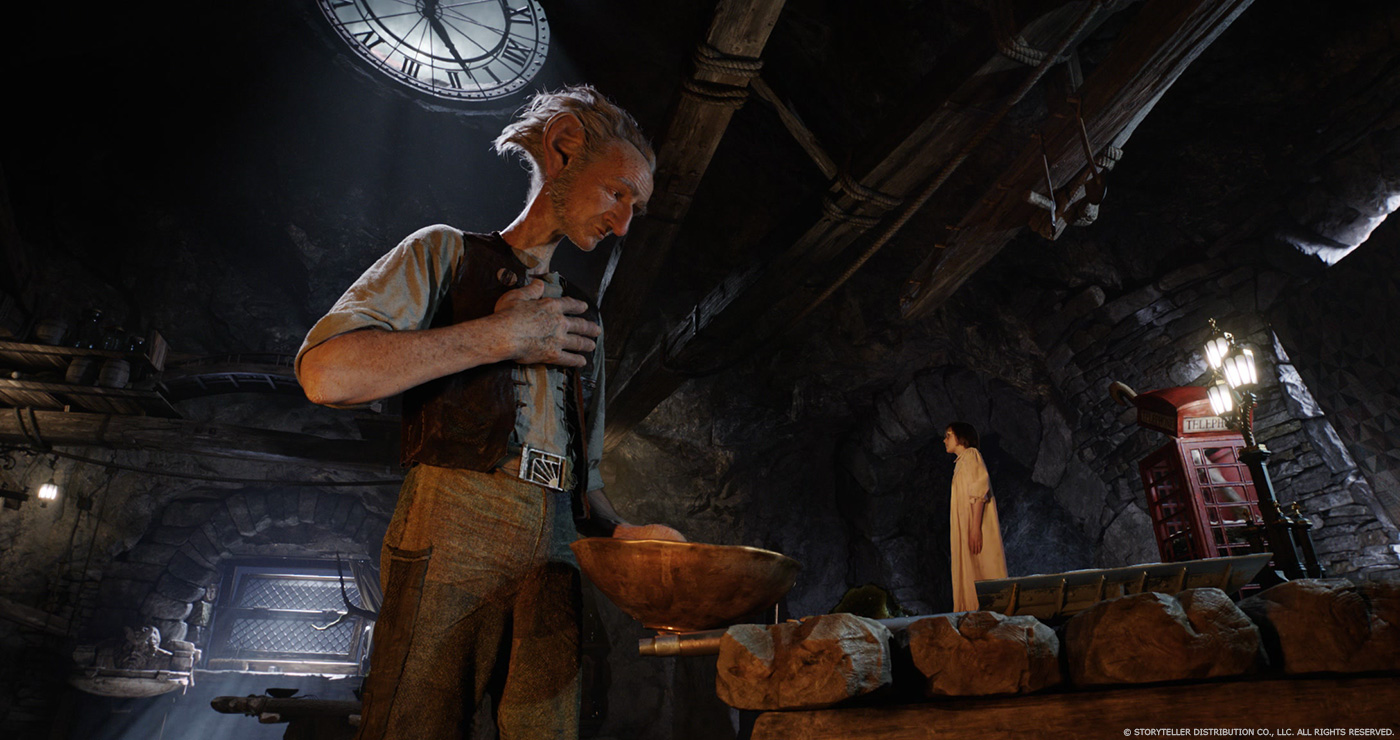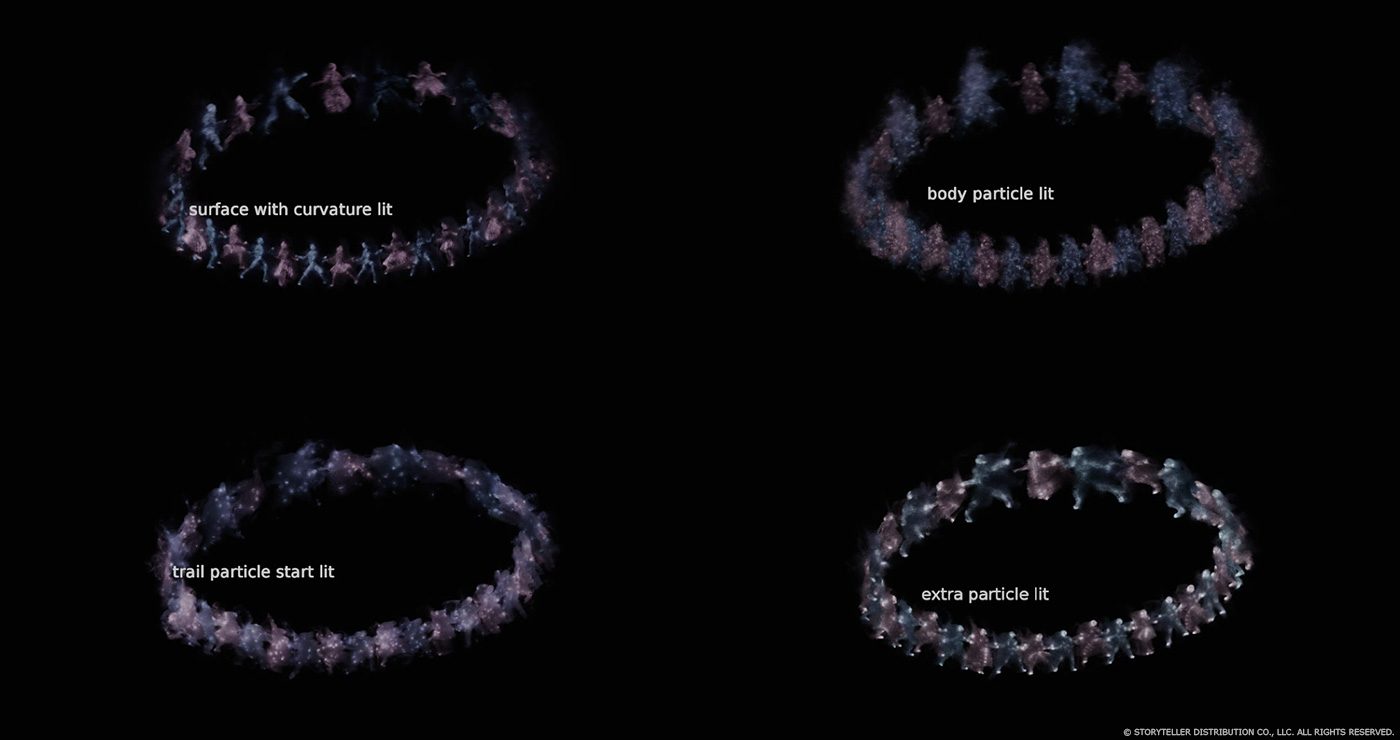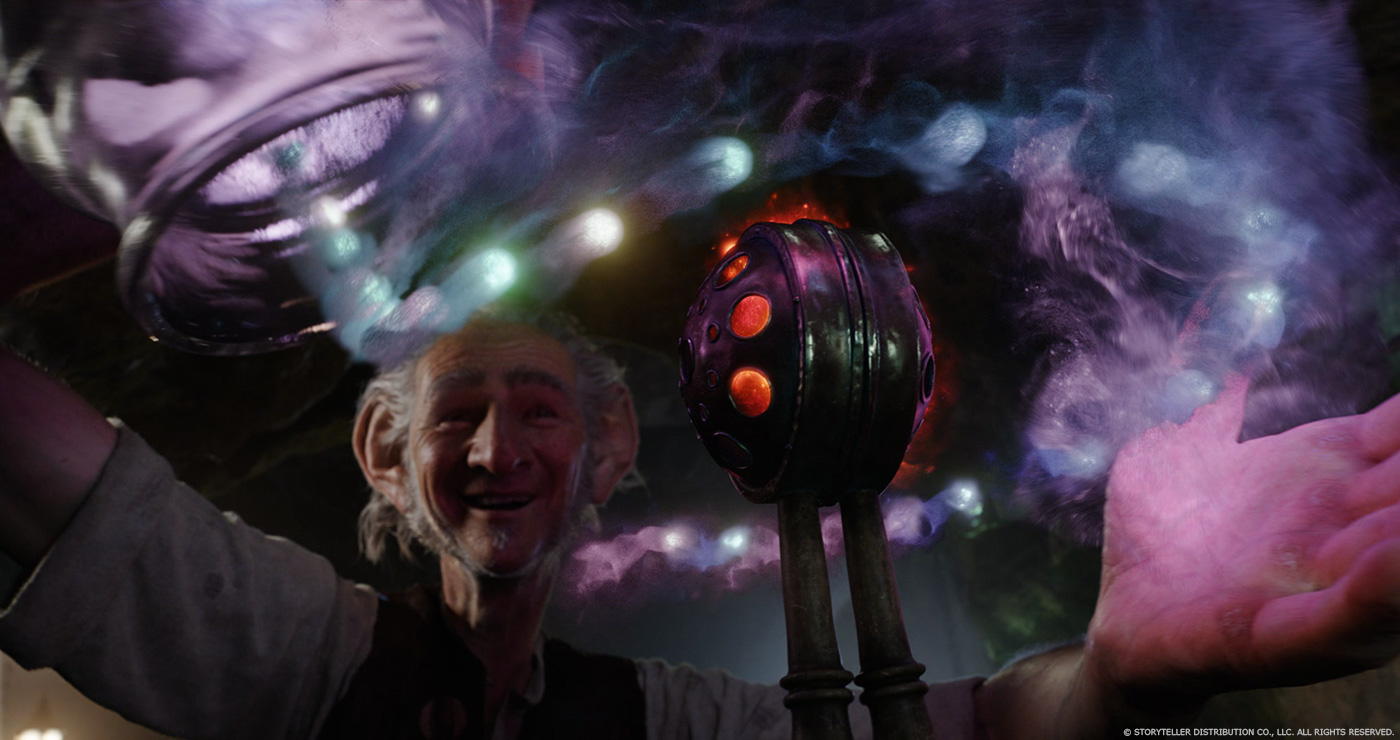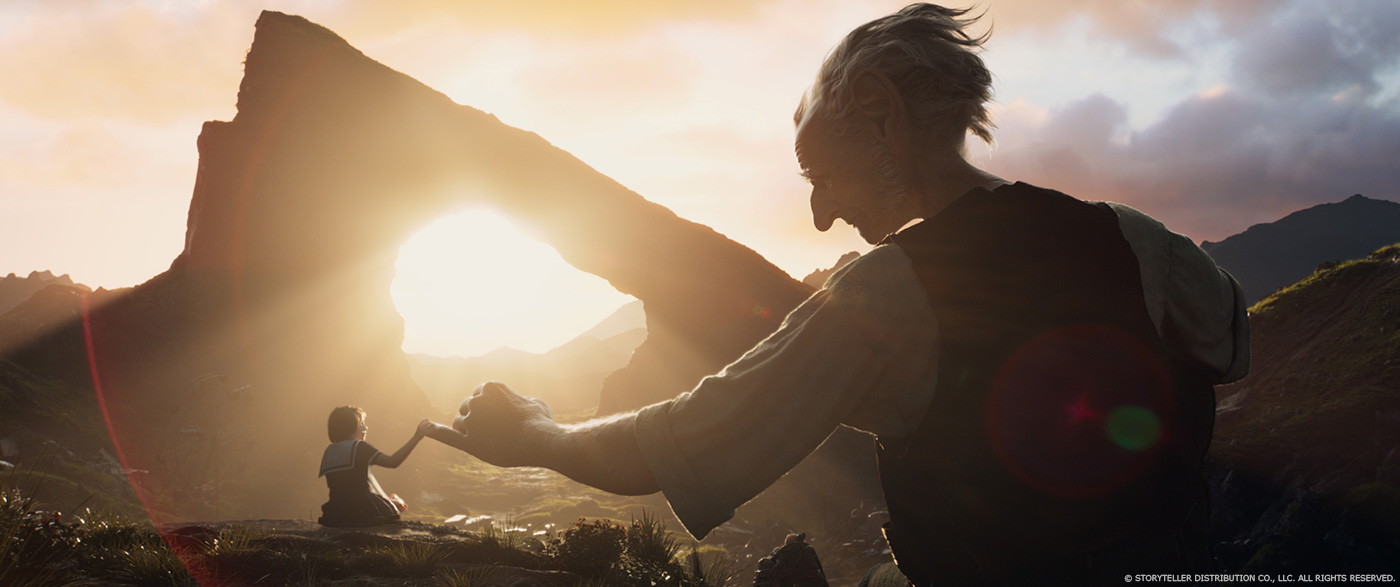Before joining Weta Digital in 2003, Jamie Beard worked at Framestore and MPC. At Weta, Jamie worked on movies such as THE LORD OF THE RINGS: THE RETURN OF THE KING, KING KONG, THE ADVENTURES OF TINTIN or IRON MAN 3.
How did you get involved on this show?
I was approached within the company because I had previously worked with Steven Spielberg on THE ADVENTURES OF TINTIN. It was on that film we implemented state-of-the art performance capture and virtual camera technology to allow Spielberg to shoot TINTIN like a live-action movie. That worked really well so it was great to be offered another go.
What was your feeling to work with legendary director Steven Spielberg?
One of excitement after the experience of TINTIN. I knew he was fun, collaborative and full of raw energy and talent.
How did you work with Senior VFX Supervisor Joe Letteri?
Joe has been at the heart of Weta Digital for fourteen years so working with him is much like any movie. It is an extremely close relationship and one in which I feel I am always learning.
What was their approach to the visual effects?
The film centers around a relationship between a small girl (Ruby Barnhill) and the BFG (Mark Rylance). It was critical that the visual effects not get in the way of this very delicate story and we strove to make our work invisible yet emotional. In this way we wanted to close the gap between the virtual world and the world filmed onset and give Steven the ability to shoot everything at once, thereby making it feel like a traditionally shot film.
How did you organize the work with the VFX Supervisors at Weta Digital?
The animation would go through about a week of work before the VFX supervisors would have a look and give their thoughts and comments. It was a constant back and forth till the end.
Can you explain in detail about the Performance Capture System?
On the BFG, scale was the biggest challenge compared with the way we normally shoot motion capture. Ideally everything you are capturing is in the same scale, but on this occasion we needed several motion capture stages to represent the different scales of the BFG, the larger giants and Sophie herself. So we constructed a range of sets and motion capture stages to exact scales. For example, we would first capture Mark Rylance as the BFG with the set built to his scale. Then we would move to a much larger scale set to complete the live action portion with Sophie so that she appeared under-sized in a land of giants. The best part here is that when filming the live action portions, the completed motion capture of Mark was simultaneously composited into the cameraman’s monitor. This meant that not only could Steven see Ruby standing there, but also the virtual BFG he shot earlier in the day. This way he was able to compose the shot with both scales. This was a very important step in making our work invisible so that Steven and his crew could operate as if shooting a traditional film.
How did you create The BFG and the other giants?
The BFG and the giants all started as artwork by Weta Workshop. We went back and forth on the conceptual design and realization in 3D. From there, the model was started, often by more than one person. The body, clothes and particularly the face continued to evolve through to final production.
Can you explain more about his face and his expressions?
It is important to point out that although we research our actors, the goal is not to recreate them digitally. Instead the goal is to perfectly recreate their performance. So the static face need not look like Mark Rylance. Only in movement will you see Mark and so the static model and the moving puppet are two distinct stages.
In the first stage, a facial modeller is assigned to a character and will spend many weeks creating an initial version of the face which is static. Then once signed off by Steven the facial puppet is begun whereby the modeller makes over 1000 shapes to represent all the different expressions a face can achieve. This is where we take particular attention to how Mark Rylance’s face moves. Once this is complete we then test out our facial puppet against the actor to see how well we can capture the performance.
To do this we use facial-camera footage recording dots on Mark’s face to show which muscles are firing and this drives how the digital puppet moves. We continue to evaluate whether we have captured the emotion and search for cues to help improve our puppet. This is a constant process and doesn’t stop until we have finished the last shot. This means that animators never have anything but a work in progress puppet during production. Only when the film is completed can we say it is done.
How did you manage the animation work?
The work was split between two supervisors: Daniel Zettle and Alex Burt, who both had teams of around 30 animators at peak. Although I oversaw the work, they took on the day to day running of the animation whilst I dealt with the motion capture, facial and previs.
What was the main challenge with The BFG character?
The small things! Despite being a giant the small details of his face and making sure we could capture Mark Rylance’s performance was by far the most complicated and challenging aspect of the whole show. We could spend weeks on a single frame trying to understand how the muscles were working and what was making something move in a particular way.
Can you tell us more about the various interactions between Sophie and The BFG?
We had many different methods for Sophie and the BFG to interact, most impressive of which were the full scale BFG rigs used when Sophie stands on his shoulder or sits in his hand. These could be operated or driven by animation to give a sense of movement. But despite these large scale aides it was always important that Mark Rylance and Ruby Barnhill were never performing to a ball on a stick. Thus, despite the technology available, the most effective setup was simply mimicking the eyelines (as if they were different scales) and performing very close together as if in a normal scene. That made sure we got an intimate performance.
The BFG is catching dreams. How did you work with the art department and their designs?
Despite having artwork, Steven never gravitated towards any particular design and so this allowed the FX and animation team to come up with something for the dreams.
Can you explain in detail how the dreams were created?
We ended up with two types of dreams in the end – those in the jars that reveal something, and those that fly around.
The jars were the toughest challenge since the book is very playful and sometimes skirts with black humour in what they display. Steven though wanted them to be much simpler and so we struggled for a long time understanding to what level you should understand the content of the jars. Steven would often look at our tests and he would say one of two things: either it was ‘too literal’ or that he couldn’t understand what it was.
We knew we needed some sort of content, yet taking anything from the book for the most part proved unpopular. Since Steven works so visually, what communicated well in writing often ended up being confusing as an image. Steven’s imagery is often very clear and he doesn’t like obfuscation.
So we reduced it down to very simple ‘wish fullfilment dreams’. Things like playing in a band, flying a paper plane or riding a T-rex. We animated a variety of this content and then handed it over to the FX department to guide stylized simulations.
Eventually what Steven liked was something very ephemeral so that you only saw it very briefly and at the edge of perception.
In complete contrast, the flying dreams were resolved much quicker. They simply became ‘little comets’ and in that respect we could all see the direction to take, both in animation and in FX.
How did you handle the dream animation?
The dreams needed artists who could model, rig and then animate everything themselves so I asked Ben Folkman to lead this process. I would first motion capture with our actor Allan Henry and then afterwards Ben would take this and quickly mock up something which the FX team could use. When we got busier we drafted in more animators to help with the multiple jars.
The movie features a lot of CG locations. Which one was the most complicated to create and why?
Dream country ended up being one of the most complicated due to its importance in the story. The story required a very special place where the BFG could catch dreams. This meant that the dreams became active lighting elements in the shot and thus the animation and lighting was constantly dynamic and always changing.
Can you tell us more about the Land of Giants?
Steven wanted Giant Country to be a playground where the other giants lived. Not only do they sleep under giant grass blankets, they also play around with the many ‘toys’ they have brought back from the land of humans: cars, boats, ferris wheels etc. It became a very dense set in terms of detail because there is so much junk!
Was there a shot or a sequence that prevented you from sleep?
The dreams kept me awake and still have the power to make me sit up and think – is it done?
What do you keep from this experience?
That Steven Spielberg despite his success and the pressure that comes with it, still wants to keep playing and being a child at heart. I find that inspiring.
How long have you worked on this film?
About 18 months.
How many shots have you done?
I made sure I gave myself some time to actually animate so I ended up doing 3 or 4 shots in the film.
What was the size of your team?
It varied from between 15 and 90 people in the motion department.
What is your next project?
Hopefully something cool!
A big thanks for your time.
// WANT TO KNOW MORE?
– Weta Digital: Official website of Weta Digital.
© Vincent Frei – The Art of VFX – 2016

